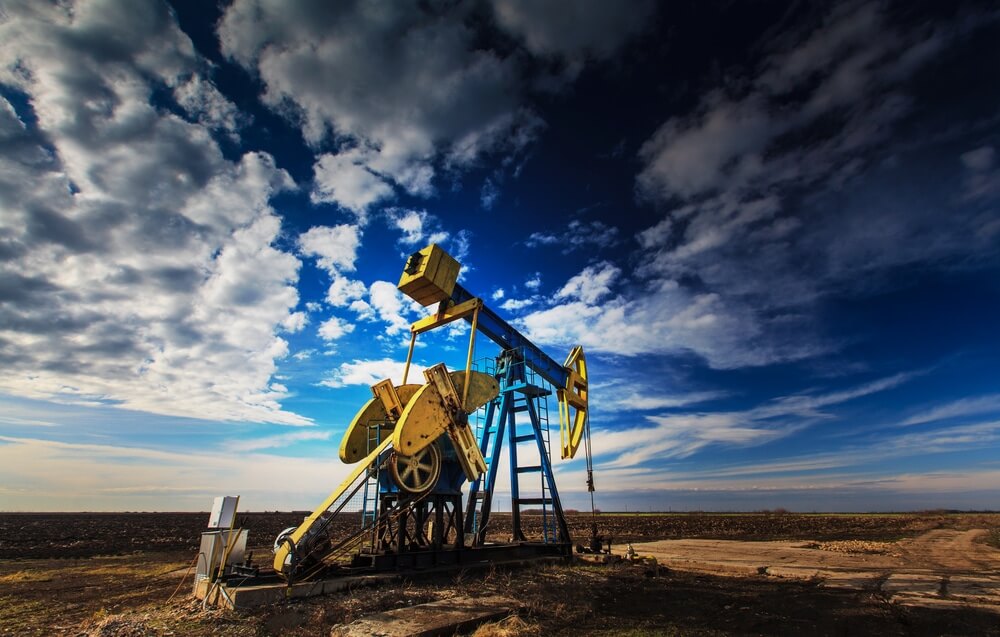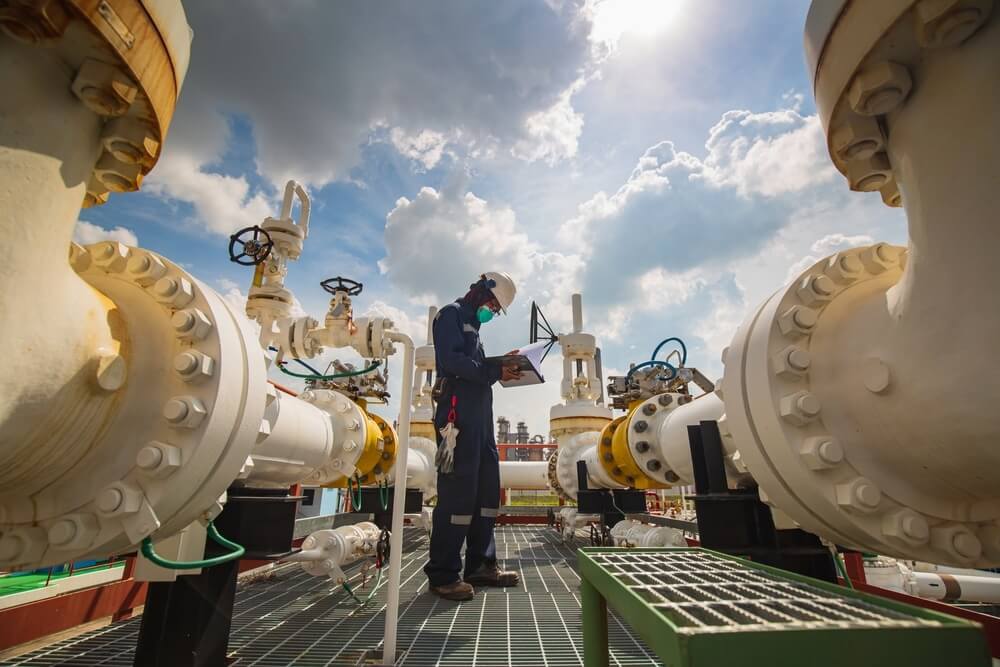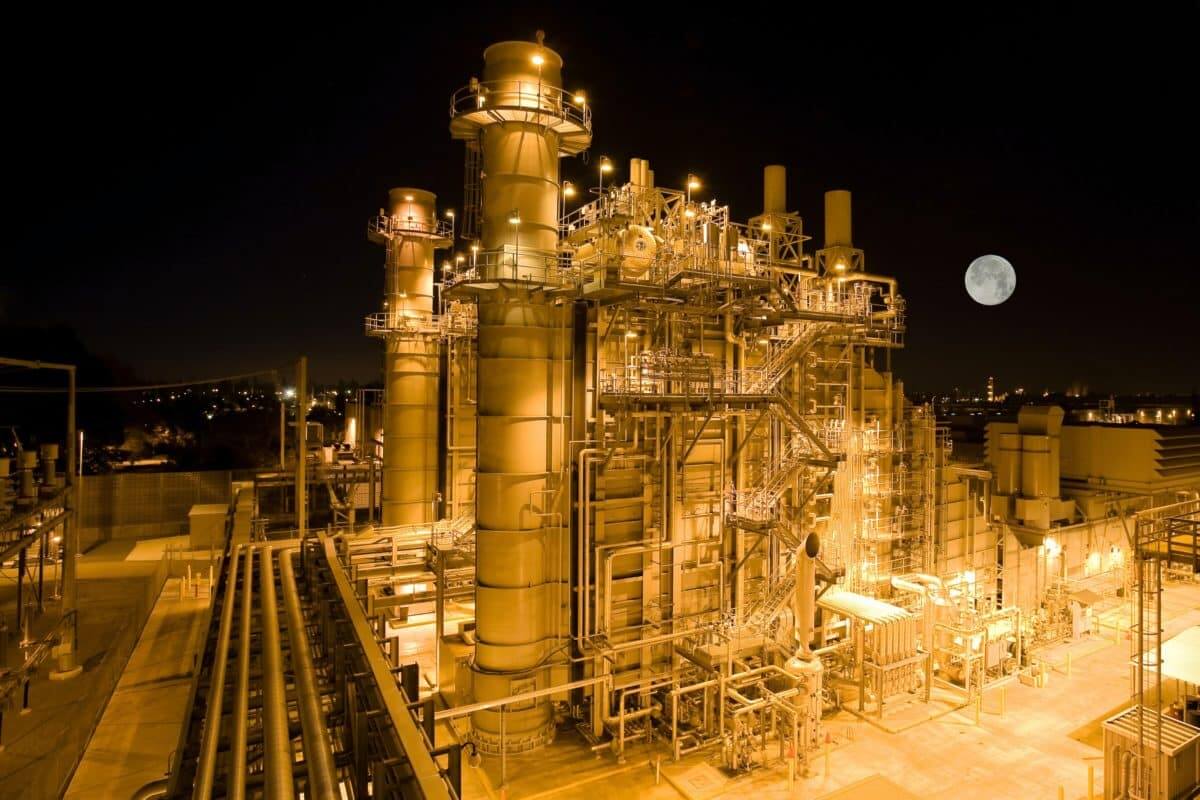
Oil Futures Recovered Some of Their Losses
Oil futures recovered some losses after falling by 2% the previous day, aided by supply concerns resulting from OPEC+ output restrictions, albeit a stronger dollar weighed on market mood.
Brent oil futures were down 2 cents, or 0.024%, to $94.27 per barrel at 0727 GMT, hitting a session low of $93.33 per barrel.
West Texas Intermediate crude in the United States was trading at $89.143 per barrel, down 21 cents, or 0.241%. The contract hit a session low of $88.274 a barrel.
Following a slight decline, crude oil prices will regain pace. They may rise to approximately $104 per barrel for Brent and around $98 per barrel for WTI crude due to supply tightness induced by OPEC and allies-led output curbs and disruptions in Russian oil production. Citi Research predicts that US crude prices will average $96 per barrel and Brent prices will average $101 per barrel in 2022 due to tightening supply caused by the output decrease.
Russian oil shipments via the Druzhba pipeline continue to arrive in Hungary, according to a spokesperson for Hungarian oil and gas giant MOL in response to Reuters inquiries on Wednesday.
Brent futures rebounded from initial losses and were basically flat. Polish authorities are investigating the cause of the leak at the Druzhba pipeline, Europe’s largest pipeline. According to a Polish government official, the leak was likely accidental, and there was no basis to suspect sabotage.
Investors will be bombarded with oil market intelligence from OPEC, the International Energy Agency, and the US Energy Information Administration. The papers will provide insight into demand trends through 2023 and the potential impact of sanctions on Russian crude flows.
A New Liquefied Natural Gas Project
New LNG projects off the west coast of Africa are only 80 percent complete, but the promise of new energy suppliers has caught the attention of Polish and German leaders.
The initial field near the coasts of Senegal and Mauritania should have roughly 15T cubic feet of gas, which is five times more than what gas-dependent Germany used in 2019. However, manufacturing will not likely begin until the end of next year.
Even though Africa has a lot of natural gas, countries like Algeria, which already have pipelines that connect to Europe, can’t increase exports because there isn’t enough infrastructure and security is a concern. Existing African producers are cutting deals to have more to sell. Politicians warn that hundreds of millions of Africans don’t have electricity.
More than 61% of Egypt’s natural gas consumption is still used to power the country. Most of the LNG is sent to the Asian market.
A new three-party agreement will see Israel transmit additional gas to Europe via Egypt, which possesses liquefaction capabilities for seaborne export. The EU has stated that it will assist the two countries in increasing gas production and exploration.
Germany and The Netherlands’ Gas Plan
Germany and the Netherlands have proposed a package of ten steps that the European Union may employ to reduce gas costs and avoid fuel rationing, including investigating the possibility of establishing a new benchmark price for liquefied natural gas.
The two countries were open to the EU developing a new LNG benchmark. They asked the European Commission to do so while determining whether such pricing should remain voluntary. They agreed that a broad gas price cap on imports was less desirable.
Germany and the Netherlands, both highly reliant on Russian gas before Moscow invaded Ukraine, have repeatedly cautioned that a price restriction on gas may jeopardize Europe’s energy security.




